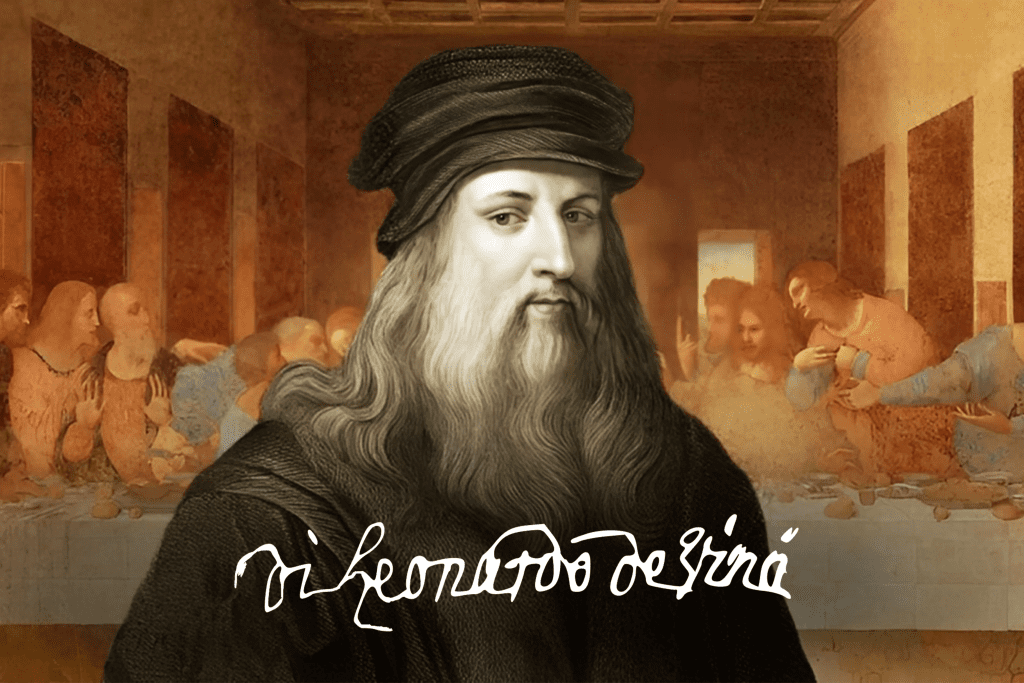When we think of Leonardo da Vinci, we picture an unmatched genius artist, inventor, anatomist, and visionary centuries ahead of his time. But one of the most fascinating quirks of his brilliance often goes unnoticed: Leonardo wrote everything backward. Literally.
Over 28,000 pages of his notes exist, and the majority are written in meticulous mirror script flowing from right to left, readable only when held up to a mirror. For centuries, this reverse handwriting puzzled historians and conspiracy theorists alike. Was it a code? A form of protection? Or something even deeper?
The real reason is both simpler and more revealing: it was pure practicality. Leonardo da Vinci was left-handed and like everything else in his life, he found a clever, elegant way to make that work for him.
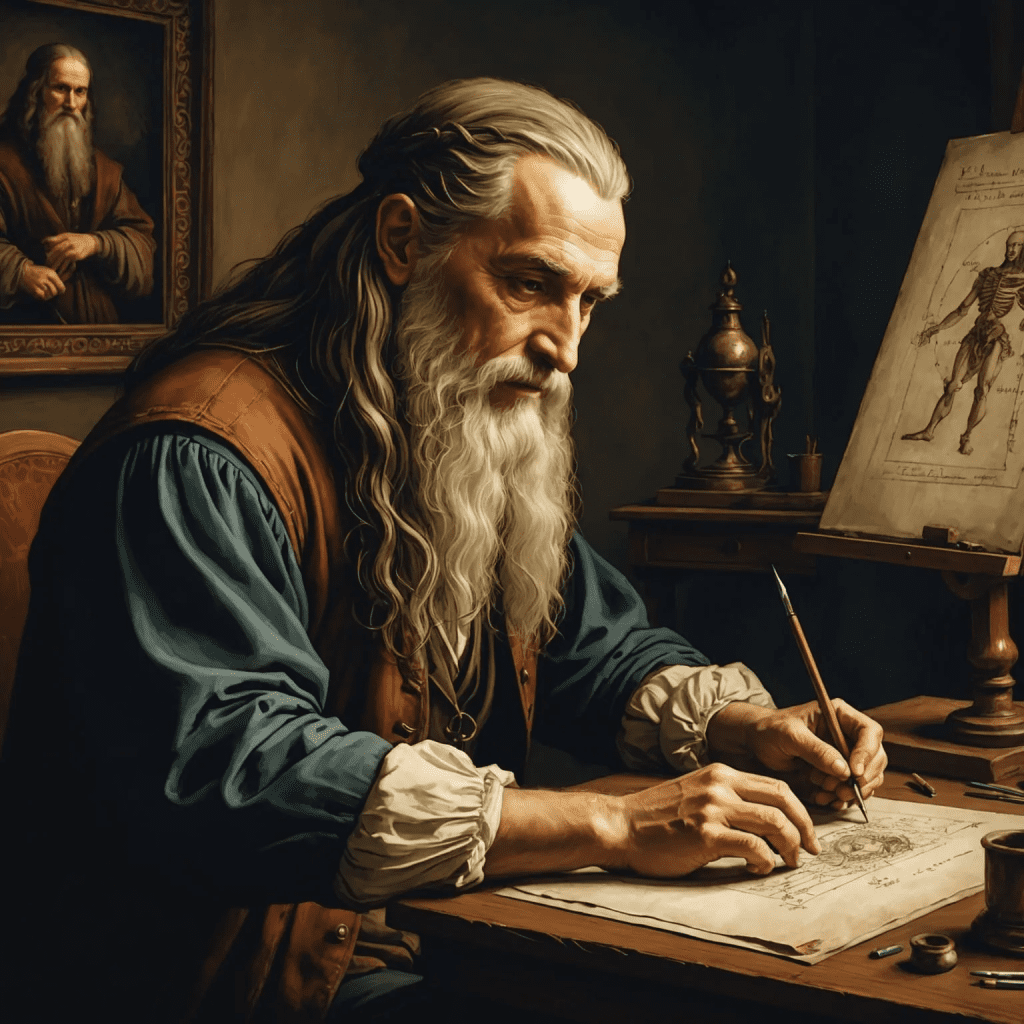
Mirror Writing: A Signature of a Left-Handed Master
Leonardo didn’t just dabble in backward writing he mastered it. He wrote entire notebooks, filled with anatomical sketches, inventions, scientific theories, and philosophical musings in this unique mirrored form. In an age where writing tools and ink dried slowly, this wasn’t just eccentricity it was necessity.
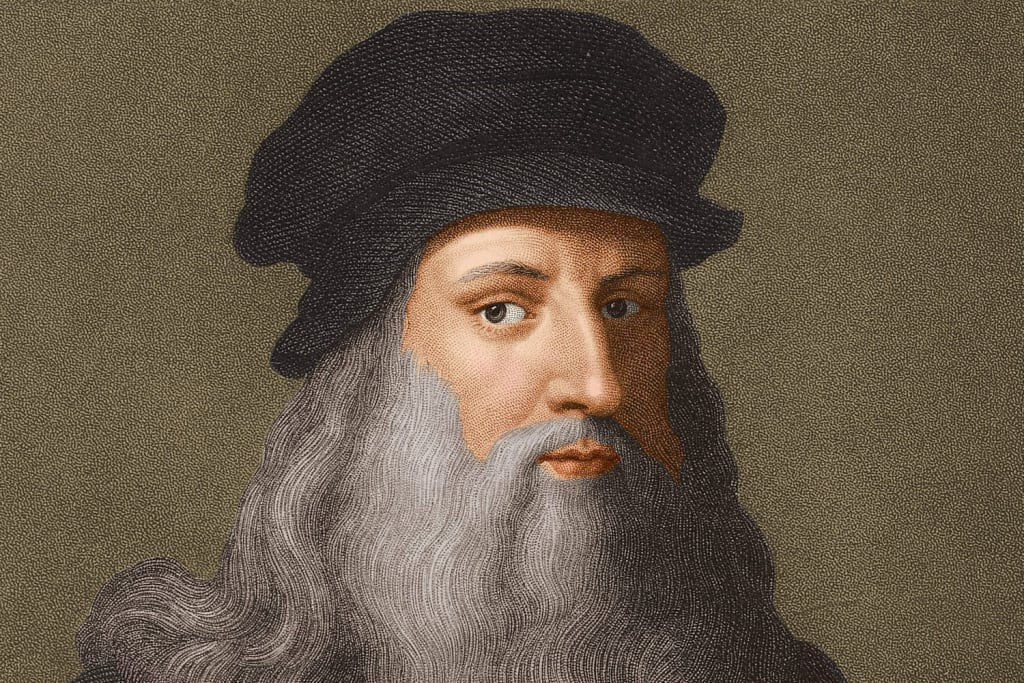
As a left-hander, writing from left to right meant dragging his hand across wet ink, smudging as he went. Writing from right to left in mirror script let him avoid the mess entirely. In short, it was a brilliant, personalized solution born from observation and need two traits that defined everything he did.
Video:
The genius of Leonardo da Vinci
A Mind Too Fast for the World Around Him
Leonardo’s thoughts moved at lightning speed. He was known to start dozens of projects, filling his notebooks with everything from helicopter designs to studies of water flow, human anatomy, and even early robotics. His brain was a storm of invention, constantly in motion.
Mirror writing may have also helped him keep his notes somewhat private not in a secretive or paranoid way, but enough to discourage casual readers. After all, in the 15th century, few people could read or had the curiosity to decode a mirror image. But Leonardo wasn’t hiding anything. When he wanted to share ideas, like his anatomical studies, he wrote them in standard script.
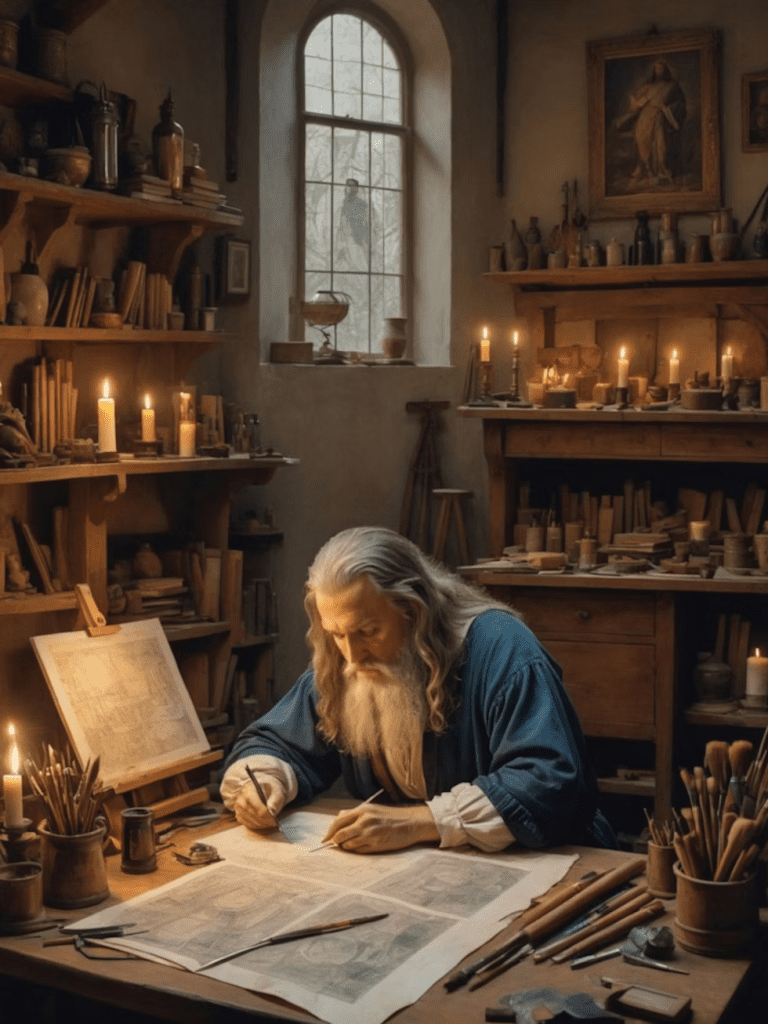
The Myth of the Secret Code
Because of the mysterious style, many over the years believed Leonardo was encrypting his knowledge to protect it from theft or censorship. But no real evidence supports this. Scholars agree that mirror writing was mostly a functional habit rather than a hidden code.
Still, the visual strangeness of his notes, combined with his revolutionary ideas, has fed countless myths especially about secret societies, lost inventions, and futuristic knowledge. But the truth is just as compelling: Leonardo was simply being efficient. And that, in itself, is genius.
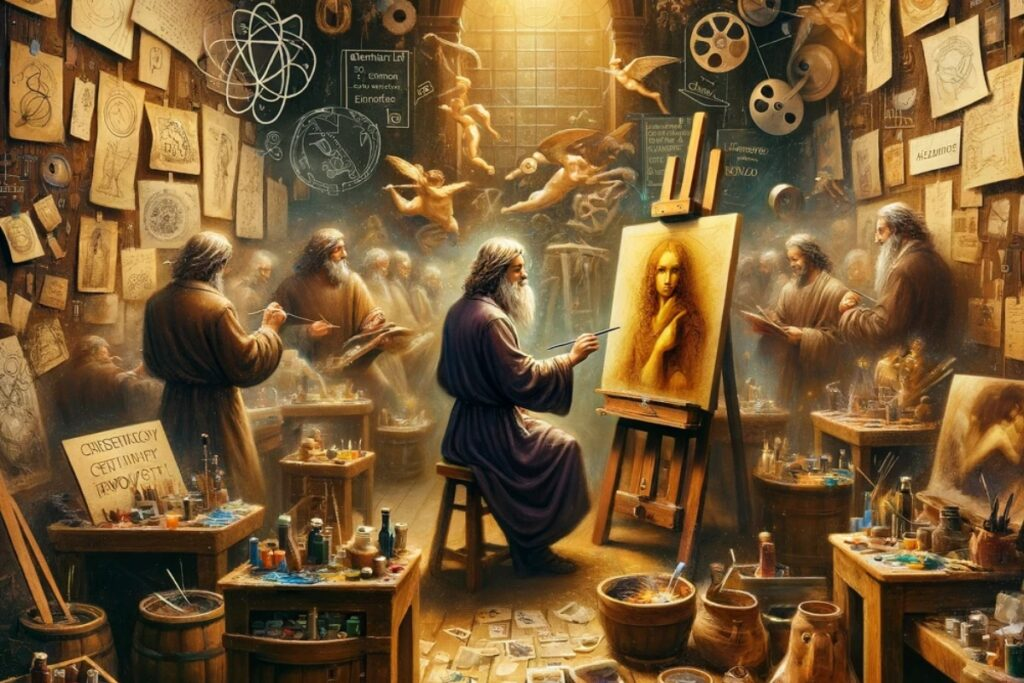
More Than an Artist: A Man of Endless Curiosity
Most people know da Vinci as the painter of The Last Supper and Mona Lisa, but his greatest passion was curiosity itself. His notebooks were his laboratory places where he tested ideas long before they could become real.
His mirror writing wasn’t just a quirk. It was symbolic of his entire life: a man looking at the world differently, challenging convention, solving problems in ways no one else thought to try. Where others saw obstacles, Leonardo saw solutions.
Video:
The Most Talented Human in History
What We Can Learn from Leonardo Today
Leonardo da Vinci’s mirror writing is more than an odd historical footnote. It’s a reminder of how genius doesn’t always follow straight lines literally or figuratively. His adaptation to being left-handed in a right-handed world is just one small example of how he continually reshaped reality to fit his vision.
He teaches us to adapt, to experiment, and to think differently even if that means writing backward to move forward.
In a time when we rely on tech for every solution, da Vinci’s notebooks, filled with hand-drawn sketches and mirrored thoughts, are a testament to the power of the human mind. They whisper, across the centuries, that innovation often begins not with tools, but with imagination.
So the next time you pick up a pen or jot down a note, think of the man who wrote backward through history and changed the world in the process.
